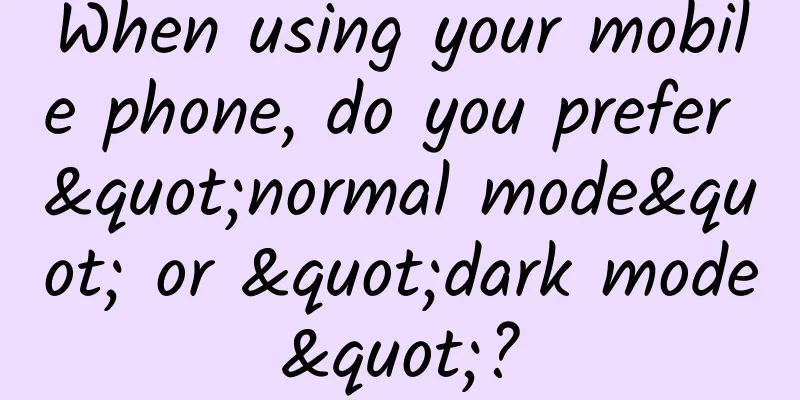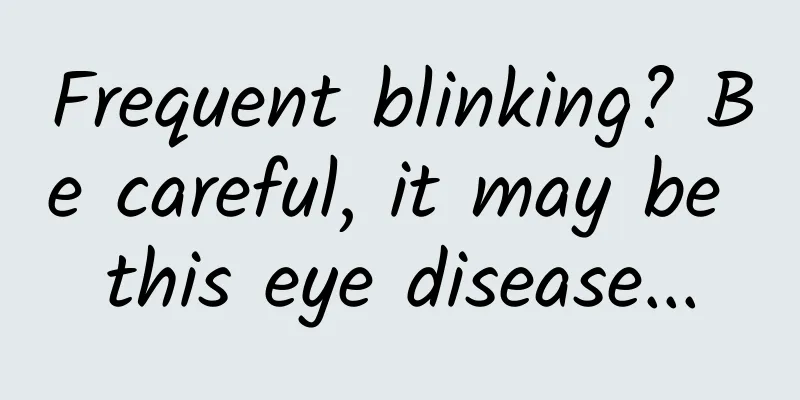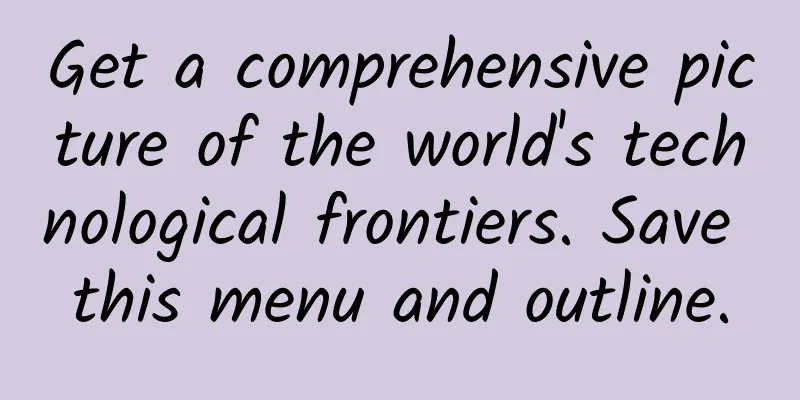When using your mobile phone, do you prefer "normal mode" or "dark mode"?

|
I still remember when the dark mode was first updated, I wondered who would use this mode. However, after the update, the editor with limited Chinese skills only had three words left: "Wow, it smells good and is really useful." But will this mode be different on different monitors? How is it different from the normal mode? 01 A little history of electronic displays In most cases, the screen panels in mobile phone displays use two main different technologies: LCD (liquid crystal display) and OLED (organic light-emitting diode). Before that, there was a display called a cathode ray tube (commonly known as a big-head TV). In a cathode ray tube, the "cathode" is actually a heated filament. The heated filament is in a vacuum glass tube, and then the heated filament generates an electron beam. Its working principle is to rely on the electron beam to excite the phosphor on the inner surface of the screen to display the image. Since the phosphor will go out soon after being lit, the electron gun must cyclically excite these points. And the long "head" is often a big question in college entrance examination physics. Is it like the big physics question in the college entrance examination? After the monitor revolution in the late 1990s, LCD screens have been around for a long time and have been the main technology for various electronic display applications. Its appearance is a huge innovation in display technology, allowing us to move away from "big heads" and welcome thin and light displays. LCDs are composed of many pixels, and one pixel contains three sub-pixels (that is, red, green, and blue, RGB). In order to activate a large number of sub-pixels, each pixel requires a TFT (abbreviation for thin-film transistor), which is a semiconductor device that acts as a control valve to provide appropriate voltage to each pixel. The light source then changes the amount of light passing through through polarization, that is, when the light remains unchanged, it simply changes the amount of light passing through to adjust the color and intensity, which is a kind of shading principle. LCD structure source: japan display OLEDs work by passing an electric current through organic compounds to light up individual pixels. We apply a potential difference between the anode and cathode, and when the current starts to flow, the cathode receives electrons from the power supply, while the anode loses electrons. The electrons make the light-emitting layer negatively charged (similar to n-type materials) and the conductive layer positively charged (similar to p-type materials). Holes have a greater mobility than electrons, so they cross the boundary from the conductive layer to the emissive layer. When a hole meets an electron, it releases energy in the form of a photon, so as long as the current keeps flowing, the OLED will produce continuous light. This has many advantages, such as excellent contrast, more vivid color saturation, and higher efficiency. OLED light emitting principle diagram 02 What is the use of dark mode? Does dark mode have any direct effect? You betcha, it does. Dark mode saves power on OLED displays. From a battery power perspective, dark mode is actually better than light mode on devices with OLED displays. This is due to the way OLED screens work. Do you look down on my yellow background with red words? On an OLED display, when a pixel is pure black (not even a little bit off), the pixel will be turned off and consume no energy. At this time, if the display shows a large area of black pixels, it will greatly reduce the power consumed by the display. For traditional displays, the backlight is always on, and no matter whether the pixel is black, white or any other color, it will consume the same amount of energy. In other words, with an OLED display, white text on a black screen uses less power than black text on a white screen. The important thing to note here is that the power savings only occur if the pixel is completely black (hex #000000). If the pixel is just a very dark gray or a very black pixel that is not completely black, the power savings will not be seen. [3] For aesthetic reasons, many dark modes use a dark gray rather than the pure black required for OLED to actually save power. This level of gray will not save electricity~ So how much battery can dark mode save? Using the official app on an OLED screen, one with dark mode turned on and one without, the results show that dark mode has a significant energy-saving effect. At 50% brightness, dark mode can save about 14% of power compared to normal mode; when the screen brightness is 100%, dark mode can save almost 60% of the power consumed by the screen compared to normal mode. Dark mode does save power Source: 2018 Android Developer Conference So, besides saving power, does this mode have any other functions? For example, for the reading experience... 03 Is dark mode good for your eyes? In fact, when I open the mobile app while lying in bed at night, a pop-up message always appears: Do you want to turn on the dark (night mode)? For those who are heavily dependent on mobile phones (they definitely don’t use their phones during the day and just check the time), the all-day night mode is definitely the best choice. As for whether the night mode causes less stimulation to the eyes, the editor seems to have found the answer. Dark mode is very useful in low-light environments. When you are lying in bed at night with your phone, it is definitely much better to read white text on a black background, because the white background may be a bit glaring due to the high light emitted by the screen, and it may also hurt your eyes. Of course, if you lower the screen brightness at night and squint your eyes to touch the phone, less light will enter your eyes, and the damage to your eyes will be reduced accordingly. However, there is one downside: it will look weird and the experience may not be very good. In fact, dark mode has some other advantages. It can improve the sensitivity of low-vision users to bright light. For example, some people have "photophobia", and bright background light may trigger migraines, so dark mode can help these people use their phones. Some people have vision problems, and it is easier for them to read bright text on a dark background, which is why some phones have the "invert color" feature before dark mode became popular. Although many people feel more comfortable using dark mode in dim conditions, it depends on the individual. Humans are naturally diurnal animals, so they are more accustomed to seeing black in bright light, rather than the opposite like dark mode. Maybe a little afraid of light According to the American Optometric Association, astigmatism is a very common condition, and people with astigmatism have a harder time reading black words on a white board than white words on a blackboard. However, there is no definite conclusion as to whether dark mode is good or bad. As long as you feel comfortable using it, it's fine. Source: Institute of Physics, Chinese Academy of Sciences (ID: cas-iop) References: [1] Liquid Crystal Displays-circuitstoday [2] OLEDs (Organic LEDs) and LEPs-explainthatstuff [3] Here's when a dark theme can save battery power [4] Amblyopia - Wikipedia This article has been authorized. Please contact the original author for reprinting. |
>>: National Traffic Safety Day丨Comply with laws and regulations and travel safely
Recommend
Online music listening is so popular that music downloads hit an 8-year low
After records were abandoned by the entire music ...
Cutting-edge practical experts: SEO trend prediction for 2016!
Search engine optimization has become one of the ...
Will the second wave of infection peak in March-May? Two groups of people may be most affected!
During the Spring Festival that just passed, ther...
Instead of reading 1,000 sentences of copywriting, it is better to remember these 10 formulas
We always say that copywriting is sentences writt...
After Valentine's Day, it's Lantern Festival? Wrong! It's still Valentine's Day!
Mixed Health I don't understand the health tr...
How to plan fission activities? 4 key nodes!
The key to planning fission activities lies in th...
How much does it cost to rent a server from a gaming company? How much bandwidth does a gaming server require?
The game market is so hot that it is difficult to...
Isn't 4G enough? Why do we need 5G?
Since the Swedish operator TeliaSonera officially...
China Automobile Dealers Association: China's auto dealer inventory warning index is 54.7% in August 2022
On August 31, 2022, the latest issue of "Chi...
The functional differences between branding, advertising, marketing and public relations!
Many people have this question when they first st...
Mark's Favorite Musk July and August 2021 Courses
Mark's Favorite Musk July and August 2021 Cou...
China's Sky Eye has entered the stage of "producing more results" and "producing good results"
Guiyang, December 20 (Xinhua) -- The 2021 FAST Op...
Why does a mosquito bite make it itch more the more I scratch it?
Audit expert: Jiang Tao Vice Chairman of the Scie...
The battle between Uber and Shenzhou
UCAR released a set of posters today (25th), endo...
KFC (Kentucky Fried Chicken) Private Domain Operation and Promotion Strategy
When I went to KFC to buy a chicken burger two da...









